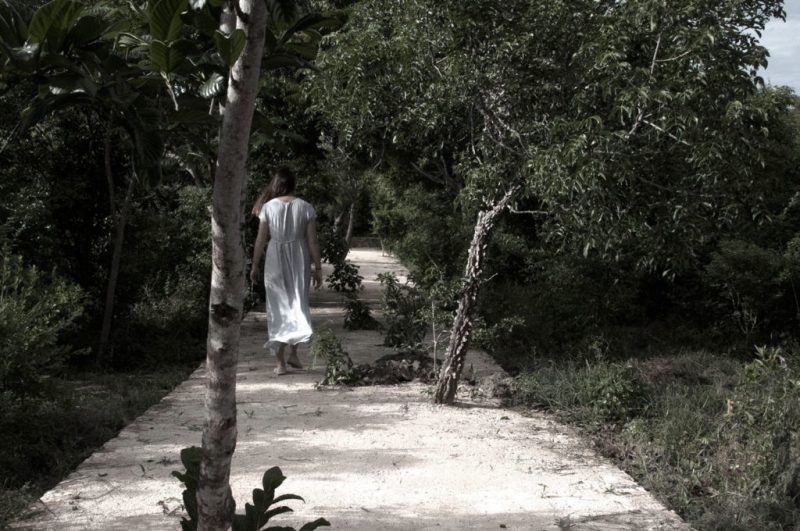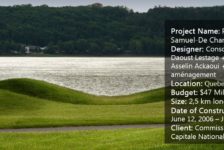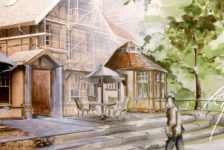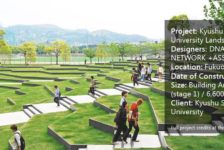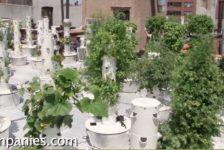On the 13th of October, the LILA (Landezine International Landscape Award) was awarded in Hamburg, Germany. The day-long event held at the Hafen City University was titled “Attitudes in Landscape Architecture”. Although it was not a symposium trying to find answers on a certain topic, the lecturers and discussions indeed offered a view of different attitudes towards the profession and its different roles in society. The talks spanned from the political role of the profession, interdisciplinary and all the way to private gardens as an archetype of the landscape architectural work.
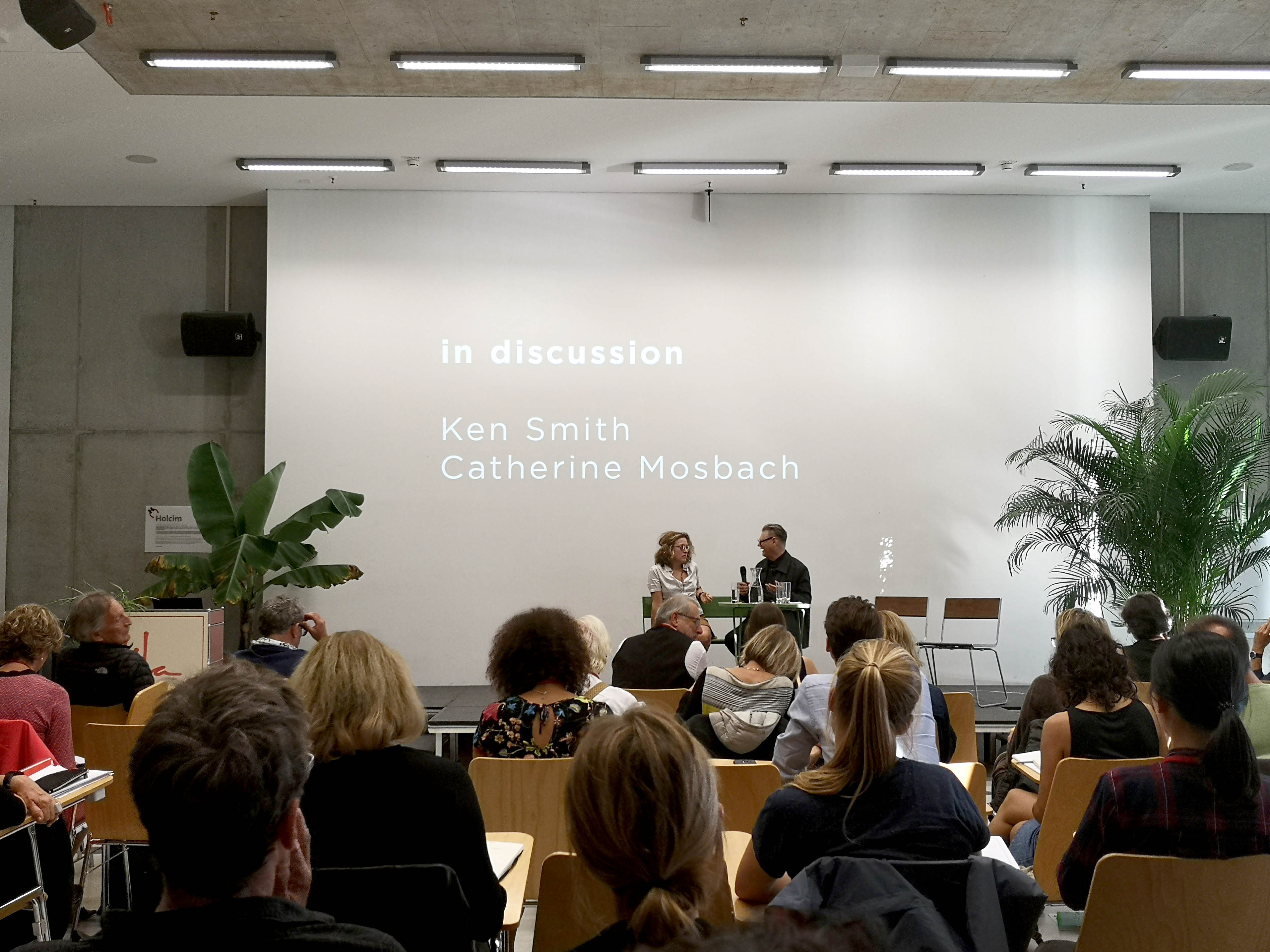
Discussion between Ken Smith and Catherine Mosbach, mosbach peysagistes, Winner in the Office Category
The LILA award is presented by Landezine, the renowned web portal for landscape architecture works. It was awarded for the 3rd time this year and has drawn a surprisingly large pool of applicants. The international jury composed of visible names in the profession, such as Ken Smith (Ken Smith Workshop), Sylvia Karres (Karres en Brands), Thorbjörn Anderssen and Gery Hildebrand (Reed Hildebrand) among others. Awards in three categories were presented: office category, garden category, and project category.
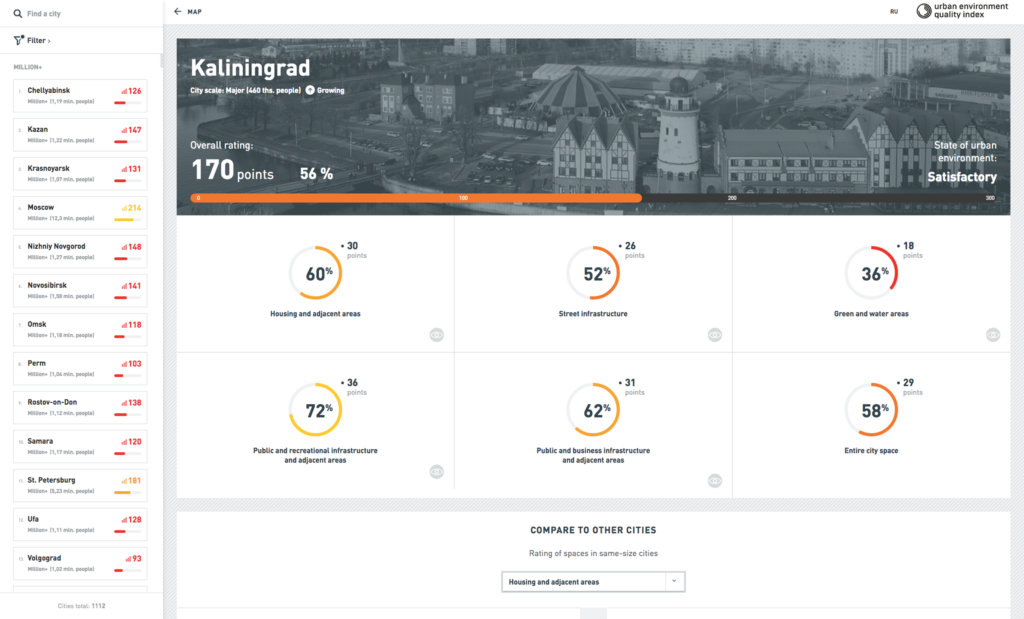
Special mention in Office Category: Strelka KB, Urban Environment Quality Index Analysis
An interesting category of the LILA prize is the office category. It enables offices to enroll with their work, that does not necessarily include planning. It pushes the boundaries of what landscape architecture is. An example of such an office is Strelka (Russia), that was awarded the special mention in the office category. The CEO of the 300 employees large office from Moscow, Denis Leonitiev, introduced the different areas of expertise Strelka works on, such as research, developing competitions, and educating future professionals. Their work includes creating guidelines designing public streets for the city of Moscow, as well as overseeing and managing the competition and development of the Zaryadye Park. Regardless of whether they are in a role of a politician or a planer, as long they are a part of a project they mix different professionals together, often working with foreign landscape architecture offices and bringing them together with local professionals to realize a project. Spatial problems aren’t addressed just on the level of project planning but systematically at the level of the system of the state.
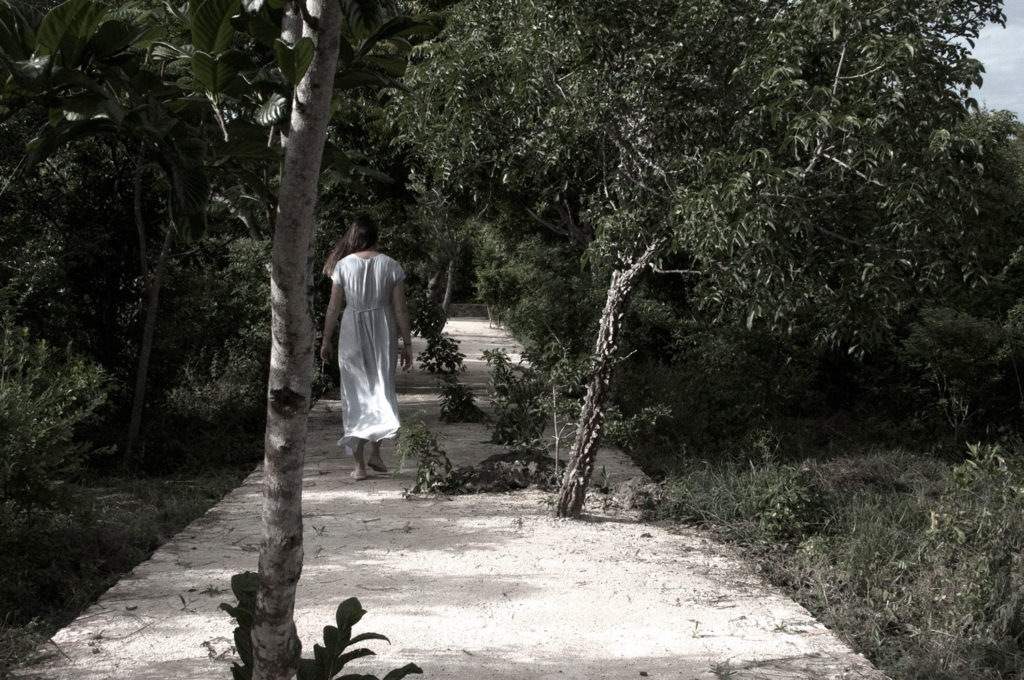
Special Mention in Garden Category: Salaam House, Kenya
A strong contrast to the first half of the event was visible when the winners in the garden category presented their work. The Nairobi (Kenya) based office The Landscape Studio presented by Chloe Humphreys, which was awarded a special mention in the garden category for the Salaam House garden, showed a different attitude and approach to landscape architecture. Instead of political debates around public space, there was talk of senses, light, smells and the meaning of a garden and community around it. The presentation by the winner in the garden category, Sean Coen (Coen + Partners, USA) stroke a similar tone. Coen talked about senses, illusion, and magic in the landscape, the love for his work visible in every sentence. “Find what you love inside landscape architecture and make it a part of your life,” was his advice to the students present in the auditorium.
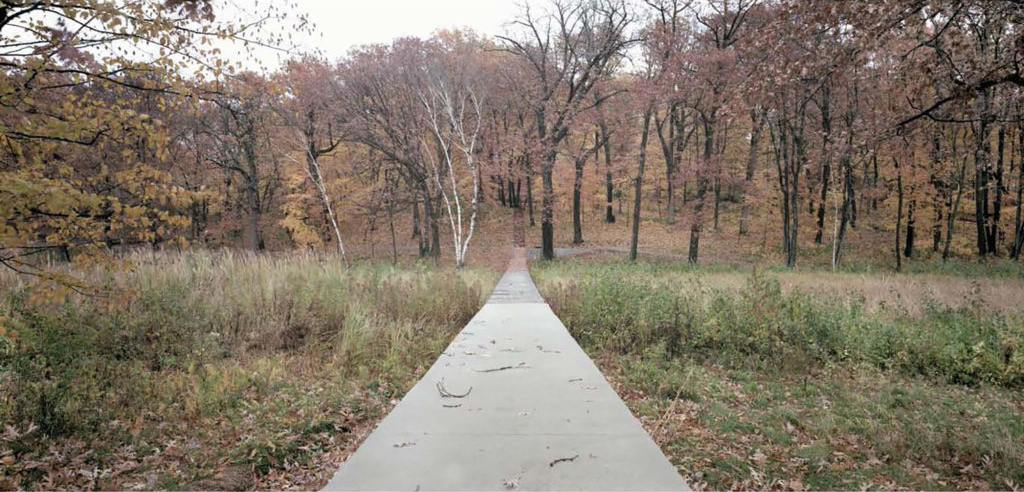
Winner in Garden Category: Lake Marion Private Retreat, USA
The focus of the two offices on the archetype of the profession – the garden, triggered the discussion about man and his relationship to nature. Both Humphreys and Coen agreed that they do not try to mimic nature. “Trying to copy something so powerful as nature is insincere,” Humphreys stated.
“Trying to copy something so powerful as nature is insincere”
The same question of man-made landscape and its relationship to nature reappeared in the last presentation of the day by Georges Descombes. He represented Descombes Rampini (Switzerland), the office behind the restoration of the river Aire near Geneva, which was awarded the best project award.

Winner in Project Category: Renaturation of the River Aire, Geneva by Atelier Descombes Rampini, Group Superpositions, Switzerland
Descombes’ presentation fittingly summarized the whole event. Different attitudes towards the landscape had to be implemented in order to reach the project goals. Hydrology, ecology, and design, from large to the smallest scale, where combined to create a functional and yet poetic place. “When doing a project, you have to go to the edge of what you know,” explained Descombes, who had to reach out to other professions in order to realize the project.
Descombes described the project as “3rd nature” – a step beyond the human overlay over the landscape. “Not a renaturation, but a fabrication of a new ecological system.” The project is loyal to that paradigm and sincere in its design language. In this, the project is also political – forcing us to rethink our attitude towards landscape.
“Not a renaturation, but a fabrication of a new ecological system.”
The event did not seek out to discuss or solve a certain topic by the end of the day. Nevertheless, interesting discussions followed each presentation. Together with the lectures of the winners, they offered an overview of the broad span of methods, viewpoints, and attitudes landscape architects can take when addressing their work.
LILA has proved again to be a serious award, growing in its global importance for the profession. But it is also a relaxed event with the goal of networking and sincerely applauding other colleagues, who have with their work managed to push our profession a step further.
Published in Blog


